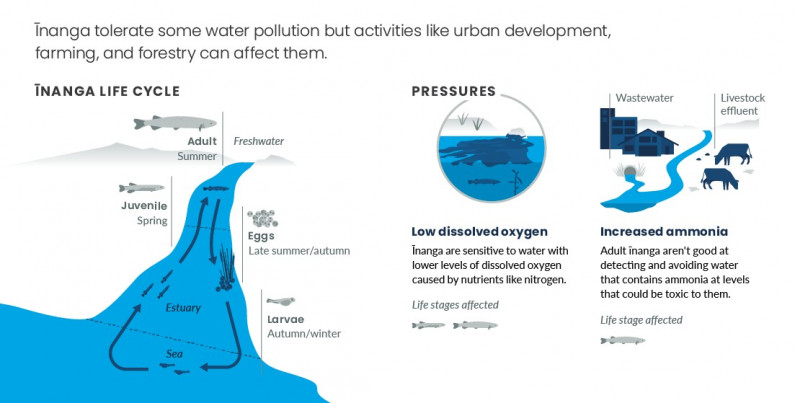Clean drinking water is essential for maintaining good health, but unfortunately, water quality issues can arise in many parts of the world, including New Zealand. In this article, we will explore some common water quality issues that affect New Zealand’s drinking water and discuss how regular water tank cleaning can help address these issues.
If you’re interested in learning more about water tank cleaning and maintenance, check out this helpful resource: https://thegrapevine.co.nz/best-septic-tank-cleaning-company-in-new-zealand/. They provide valuable information and services to help ensure the safety and quality of your drinking water.
Water Quality Issues in New Zealand
Water quality issues in New Zealand can result from various sources such as sediment, algae, and bacteria. Agricultural runoff, aging infrastructure, and inadequate water treatment processes also contribute to these issues. Sediment is a common problem in New Zealand’s water tanks, especially after heavy rains, which can lead to cloudy water. Algae growth is another issue, which can cause water to appear green and slimy. Bacteria growth in water tanks is another significant problem that can cause serious health risks such as diarrhea, vomiting, and fever.
To ensure safe drinking water, it is essential to understand these issues and take the necessary steps to address them.
Benefits of Cleaning Your Water Tank
Regular cleaning of water tanks is an effective way to address water quality issues. Cleaning your water tank can help improve the water’s taste and odor, reduce the risk of illness caused by harmful bacteria, and increase the lifespan of the tank.
Maintaining and cleaning your water tank is vital to ensure its effectiveness. A well-maintained tank reduces the risk of contamination and ensures that your drinking water remains safe and clean.
Methods for Cleaning Your Water Tank
Various methods can be used to clean water tanks, including manual cleaning, high-pressure cleaning, and chemical treatments. Manual cleaning involves draining the tank, scrubbing the interior walls, and rinsing it with clean water. High-pressure cleaning uses high-pressure water to blast away debris, and chemical treatments can help kill bacteria and algae.
It is essential to take safety precautions when cleaning water tanks, such as wearing gloves and eye protection and ensuring adequate ventilation.
Preventing Future Water Quality Issues
Preventing future water quality issues is crucial for ensuring clean drinking water. Regular maintenance and monitoring of water tanks can help prevent issues such as sediment, algae, and bacteria growth. Water tank filtration systems and ultraviolet disinfection are other preventative measures that can be used to ensure clean drinking water.
Responsible water use and conservation practices can also help reduce the risk of water quality issues.
Conclusion
In conclusion, clean drinking water is crucial for good health, and water tank cleaning is an effective way to ensure safe drinking water. Understanding common water quality issues in New Zealand, the benefits of water tank cleaning, and the various methods for cleaning water tanks can help ensure safe and clean drinking water. Taking the necessary steps to prevent future water quality issues and adopting responsible water use and conservation practices can help protect our water resources and ensure a sustainable future.






